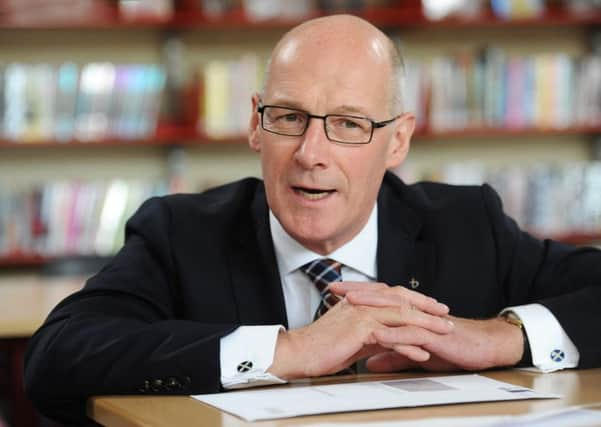Digital teaching to link up rural schools


The initial focus of the e-Sgoil – which will be based in Stornoway – will be on delivering Higher and Advanced Higher courses, Gaelic Medium Education, vocational skills and initial teacher training.
The initiative, which will receive match funding from Comhairle nan Eilean Siar, follows the Islands Education Summit held in Orkney last year which considered some of the unique challenges the authorities face in delivering an education service in the islands. This includes how to ensure all pupils have equal opportunities to access the full curriculum.
Advertisement
Hide AdAdvertisement
Hide AdDeputy First Minister John Swinney said: “We want to deliver a world class education for every child in the country and we have committed to improving the use of digital technology through our digital learning and teaching strategy. The new E-sgoil is an excellent example of how we can do this for pupils living in rural communities.
“This innovative project will address many of the issues identified by the island councils last year including teacher recruitment for certain subjects and subject choices for pupils in the senior phase of school.
“Once the e-Sgoil is up and running in the Western Isles, the intention is to share the resource with Orkney and Shetland with the possibility of expanding into other rural parts of the Highlands in the future.
“This exciting and innovative development will help transform the way education is delivered in rural communities, by providing equal opportunities for pupils through a shared education resource across local authorities.”